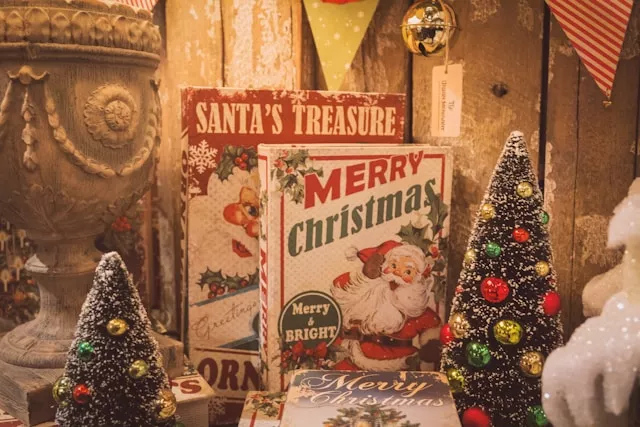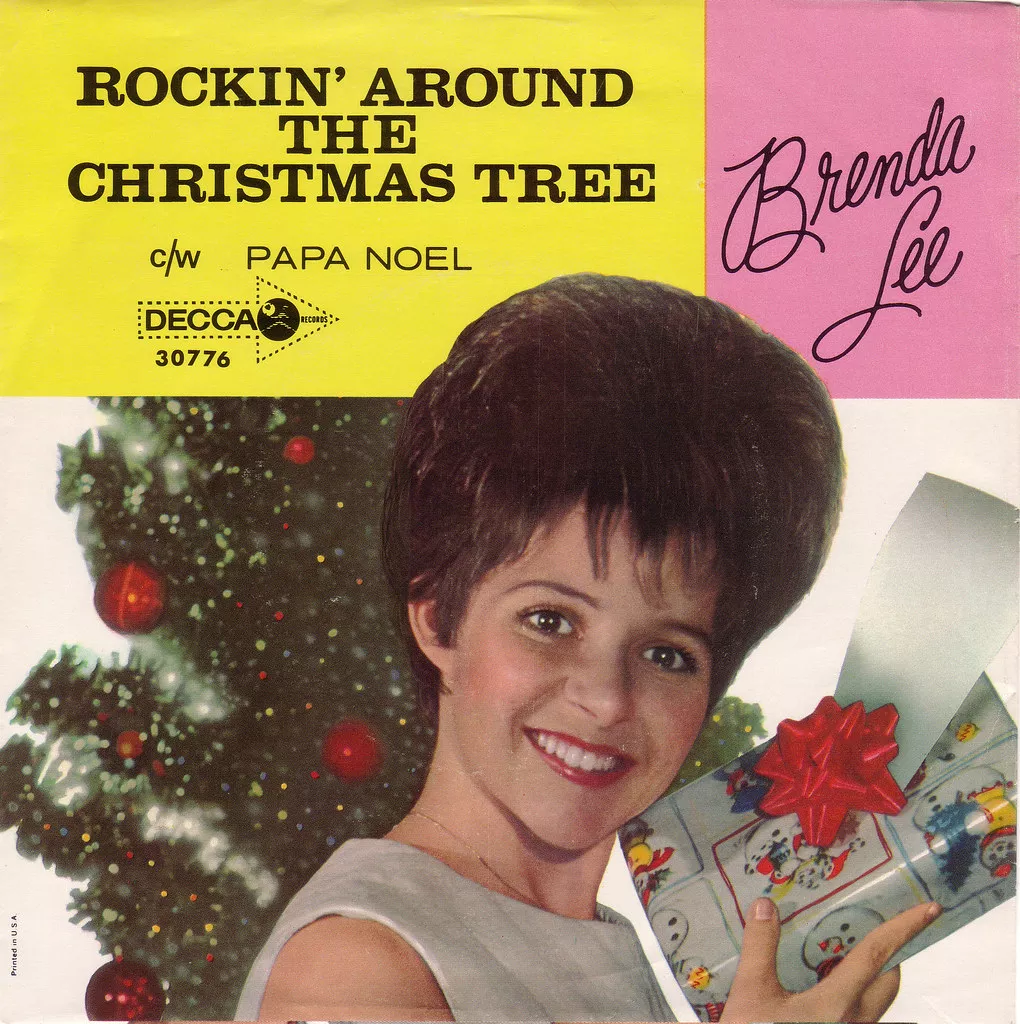Christmas music has a special place in our hearts, filling our homes with warmth, nostalgia, and festive cheer each year. When you think about Christmas songs, it’s easy to picture the timeless classics—like “Last Christmas” by Wham!, “Do They Know It’s Christmas?” by Band Aid, or “All I Want for Christmas Is You” by Mariah Carey—that are played on repeat as the holiday season rolls around. These songs are staples, deeply woven into the fabric of our Christmas traditions. But here’s a question that has stumped many a holiday music lover: Why aren’t there any new Christmas classics?
The answer lies in a combination of nostalgia, high expectations, and the complicated nature of the music industry today. Sure, there are still artists churning out new Christmas tracks every year—big names like Ariana Grande, John Legend, and Kelly Clarkson all have recent holiday albums under their belts. But when was the last time you heard a new Christmas song that really felt like it was going to be around for decades, playing year after year alongside “Jingle Bell Rock” or “Feliz Navidad”?
Creating a new holiday classic isn’t just about writing a catchy tune—it’s about crafting something that resonates with people on a deep, emotional level. And that’s incredibly tough to do.
Nostalgia and the Romantic View of Christmas
One of the reasons it’s so difficult to create new Christmas classics is because Christmas music from the past represented an entirely different time. Songs written in the early 20th century or mid-century often carried a more romanticized, nostalgic view of the holiday season. These tunes were filled with a sense of longing, love, and idealized moments—think of the wistful “I’ll Be Home for Christmas” or the whimsical “Have Yourself a Merry Little Christmas.” They tapped into the idea of family reunions, snowy evenings, and that feeling of being wrapped up in the warmth of tradition. In a world that was often more isolated, less connected, and in many cases, more difficult, Christmas music became a symbol of hope, peace, and a simpler time.
In the past, Christmas was about slowing down, coming together with family and friends, and appreciating the quiet, special moments of the season. People didn’t have the distractions we have today—no constant digital noise, no pressure to keep up with the latest trends, and certainly no stress about getting the “perfect” gift. Christmas was more about being with people, rather than spending on them. This simple, nostalgic view of Christmas gave rise to some of the most beloved holiday tunes, which continue to evoke warm memories of time spent with loved ones, free from the pressures of the outside world.
Today’s Christmas Is About Spending, Not Just Being
In contrast, Christmas today often feels more commercialized. The focus has shifted from the joy of togetherness to the hustle of buying presents, decorating, and curating the “perfect” holiday experience. The idea of Christmas as a simpler time filled with family gatherings has been replaced by a whirlwind of consumerism. There’s a sense that we need to outdo ourselves each year with bigger gifts, more elaborate decorations, and the perfect Instagram-worthy moments. As a result, the emphasis on being with others has shifted to spending on them—and that shift is reflected in the music.
Today, holiday music often gets tied to these commercialized ideals—ads, shopping playlists, and seasonal campaigns all contribute to the pressure to make Christmas “the best one yet.” The emotional depth that older Christmas songs tapped into, when Christmas was more about the little things, now seems harder to replicate. New Christmas songs may be fun, but they don’t always carry that same weight of nostalgia, love, and sentimentality that made the classics so powerful.
The Bar Is Set Very High
Let’s be real: the holiday music canon is already packed to the brim with iconic songs. How do you top “White Christmas,” which is arguably the most famous Christmas song ever recorded? Or “Happy Xmas (War Is Over)” by John Lennon, which speaks not only to the holiday spirit but also to peace and goodwill? These songs have stood the test of time because they perfectly captured the mood of their time and resonated with generations of listeners. The pressure to create something that could stand alongside these giants is enormous—and the odds are stacked against any new song trying to break through the clutter.
Think about it: classic Christmas songs didn’t have to contend with streaming algorithms, viral TikTok trends, or the relentless pace of the music industry today. In the 1940s and 50s, songs like “Let It Snow! Let It Snow! Let It Snow!” were given time to grow into their legendary status. But now, with Christmas music available at the tap of a screen, there’s less of an opportunity for a new song to build up the kind of cultural momentum that older hits enjoyed.
Today’s Music Consumption Is… Complicated
Thanks to streaming services, we now have instant access to literally thousands of Christmas songs, many of which are available year-round. While this gives us the ability to enjoy our holiday favorites at any time, it also means there’s less of a “seasonal buildup” to new holiday releases. In the past, a Christmas song might be released and quickly become a part of the collective holiday soundtrack, but today, songs get drowned out by the sheer volume of content being released across all genres.
And let’s not forget that with TikTok, YouTube, and other platforms driving trends, there’s a different kind of musical “classic” being born—one that’s much quicker to rise and fade. Sure, a song might go viral and be everywhere for a hot minute, but it’s harder for it to stand the test of time when trends move so fast.
The Challenge of Modern Holiday Music
Artists still put out new Christmas songs every year, but they often struggle to find the right balance between tradition and innovation. A classic Christmas song doesn’t just reflect the musical style of the time—it embodies the mood and sentiment of the holiday itself. Modern Christmas music tends to lean heavily on reinterpreting existing Christmas standards, with a few new additions each year. Artists like Kelly Clarkson, Ariana Grande, and Michael Bublé are more likely to release albums full of covers and reimagined classics rather than trying to craft something brand-new that could join the ranks of “Jingle Bells” or “Rudolph the Red-Nosed Reindeer.”
And while there’s nothing wrong with a great cover—Clarkson’s “Underneath the Tree” is a holiday bop that has definitely earned its place on holiday playlists—there’s something about a fresh, original holiday tune that carries a lot of weight when it becomes part of our tradition. But writing a song that has the ability to capture that elusive sense of holiday magic? Now that’s the tricky part.
It’s All About Timing and Luck
You also can’t underestimate how much luck and timing play a role in a song becoming a classic. Mariah Carey’s “All I Want for Christmas Is You” wasn’t a chart-topper the moment it was released in 1994. It took several years for the song to gain the cultural traction it needed, but now it’s arguably the most enduring modern Christmas song of all time. The timing was right, the song captured the magic of Christmas in a fresh way, and it resonated with millions of listeners—eventually becoming a holiday anthem.
This is why it’s so hard to predict what will become the next big Christmas hit. It requires more than just a catchy melody—it requires something that connects with the spirit of the season in a way that feels both new and timeless at the same time. And while a few artists may create songs that could become future classics, there’s no guaranteed formula for success.
In the end, the reason we don’t see new Christmas classics every year is because it’s hard to capture lightning in a bottle. We may get a few newer songs that rise to prominence (and some even become holiday favorites), but truly joining the ranks of the all-time greats? That’s a much rarer feat. Christmas classics are built over time, through cultural moments, memories, and a kind of magic that’s difficult to predict. And for now, the old standards are likely to continue reigning supreme.




